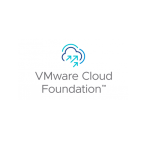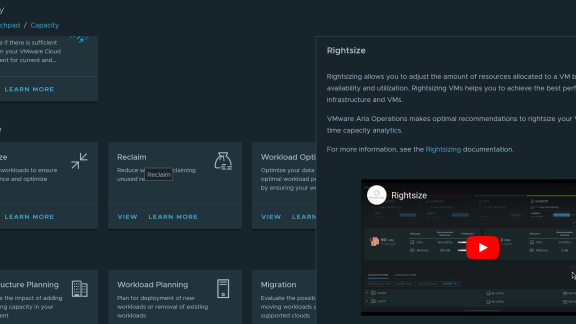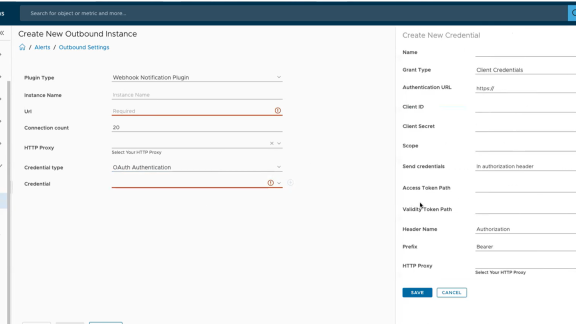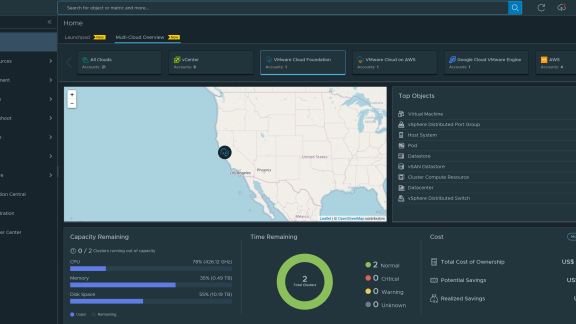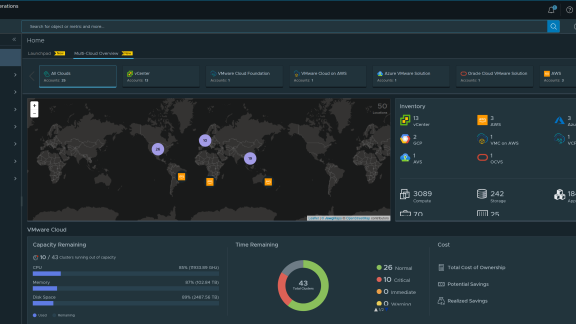VMware launched vCenter Operations to provide automated Operations Management for virtual and cloud infrastructure through an integrated approach to performance, capacity and configuration management. vCenter Operations is now GA and can be downloaded for a free 60-day evaluation. You can also check out the product documentation and community pages. Let us know what you think. In this blog post, I would like to provide additional context for the product.
We all know that virtualization has transformed the traditional, silo-ed, LOB-driven IT infrastructure (“vertical” stacks) into shared physical resources (“horizontal” resource pools) out of which LOB-applications and services are provisioned. This horizontal resource pooling often raises three key questions when managing operations at the infrastructure level:
- How is my infrastructure doing?
- How are the virtual resources sharing the same physical resource (host or cluster) impacting my service or application? (“the population effect”)
- How do the dynamic aspects of virtualization (shares, VMotion, DRS/DPM and so on) further impact my service or application?
(Side note: if you think managing airline capacity is challenging enough, just imagine if the airlines started “vmotioning” you and/ or your baggage mid-air – you get it now right!)
If this isn’t challenging enough, virtualization is changing how the IT roles are traditionally organized. Server, storage and network administration responsibilities are increasingly being pushed to the vSphere administrator and/or shared service team, with the “do more with less” expectations. So if you were used to monitoring server related metrics, change events and compliance issues, and overwhelmed with those, imagine what happens when you add the storage and network to the mix. Not to forget the various application metrics that need to be tracked to ensure LOB SLAs. And do this at the cloud-like scalability that everyone’s aiming for.
The new IT paradigm is also changing processes and procedures in place within data centers. For example, ease of provisioning virtual machines together with the new service catalog based self-provisioning has impacted the way IT groups are prioritizing day-to-day operations. IT organizations and its “design, build, run” model has to change to adapt to the new shared, dynamic, cloud deployments. Infrastructure and operations teams need the end-to-end visibility and the intelligence to make fast, informed operational decisions in order to proactively ensure service levels in such cloud environments. They need to get to the root cause of performance problems faster, optimize capacity in real time, and maintain compliance in the face of constant change.
Traditional management tools just cannot effectively manage this “new” IT data center. Either these tools result in alerts storms, sending in you all directions to figure out what/where/when the SLAs were breached. Or they provide silo-ed views into the environment without providing much contextual information. The end result is that the vSphere administrator is lacking simple, actionable information to respond to service impacting issues and is often hunting around trying to identify the problems in the environment. Some of the so-called “next” generation tools use and rely on static, manually defined thresholds to define acceptable SLA range. However, this approach requires you to know the right thresholds to begin with, and someone still needs to maintain all these thresholds (and update them as SLAs change). To make matters worse, all this is not only time consuming, but often results in false positives. Similarly, traditional CMDBs that determine what’s new or what’s changed on a daily or weekly basis, simply cannot keep up in this new datacenter model. The virtual environment is way too dynamic for that approach.
This is exactly the value of vCenter Operations – to help customers transform IT operations to achieve the agility and economics of cloud computing. VMware vCenter Operations brings together performance, capacity and configuration management disciplines to help you simplify and automate Operations management in this new IT model.
vCenter Operations is available in three editions. vCenter Operations Standard offers performance management with capacity and change awareness for VMware vSphere-virtualized and cloud environments; Advanced adds more advanced capacity analytics and planning. vCenter Operations Enterprise edition offers performance, capacity and configuration management capabilities for both virtual and physical environments and includes customizable dashboards, smart alerting and application awareness. Detailed comparison between these editions is available here.

